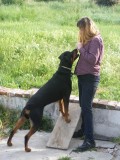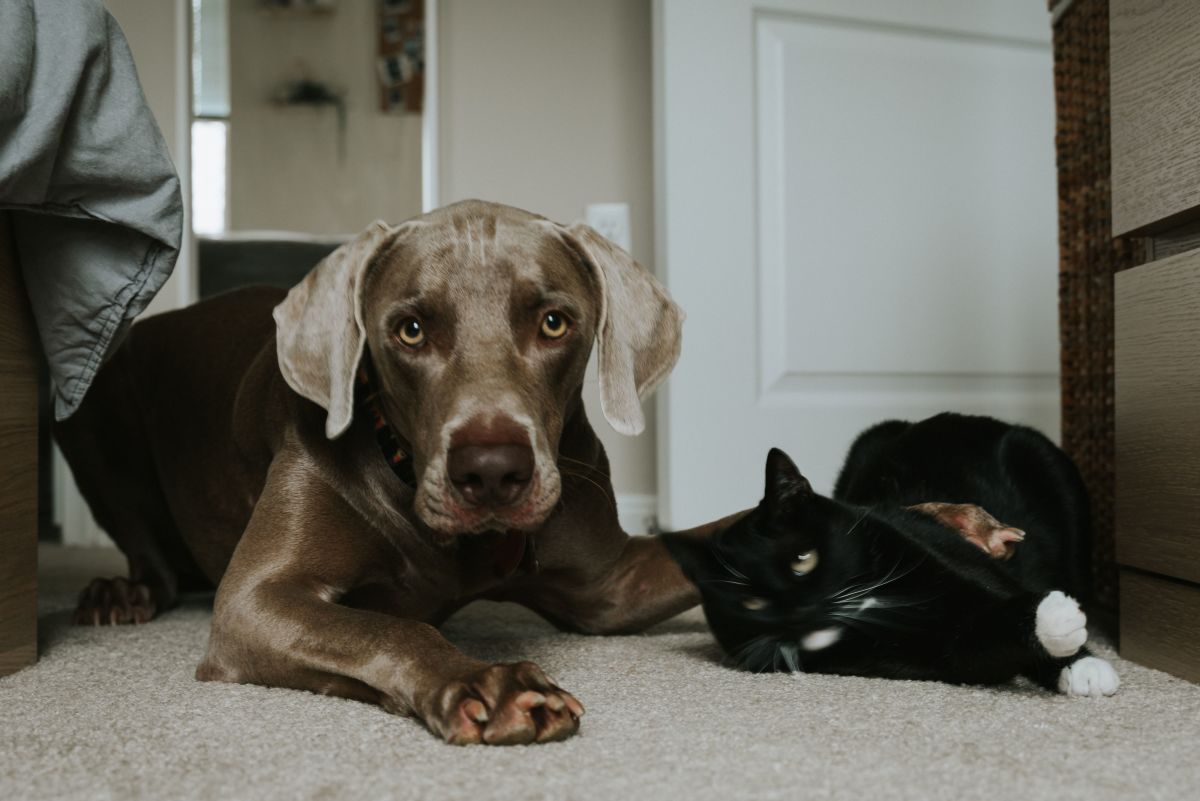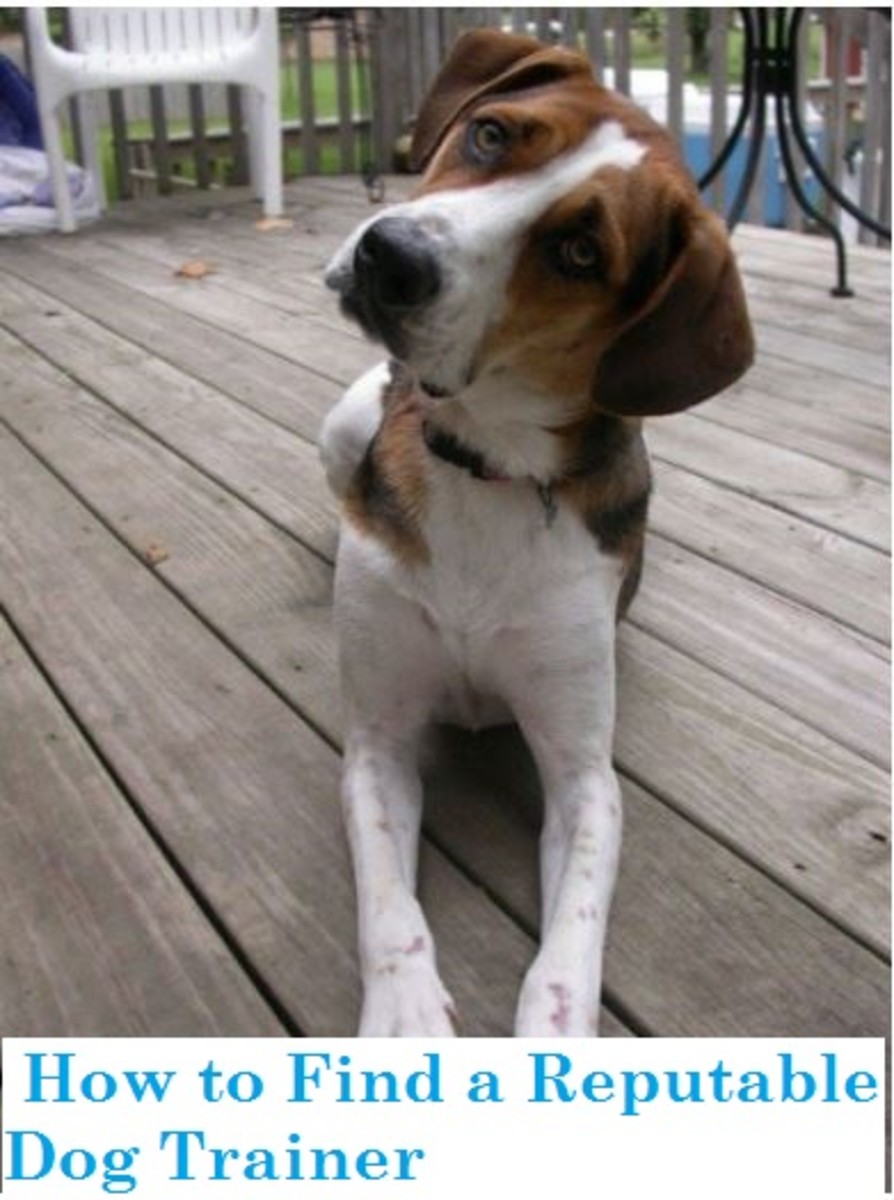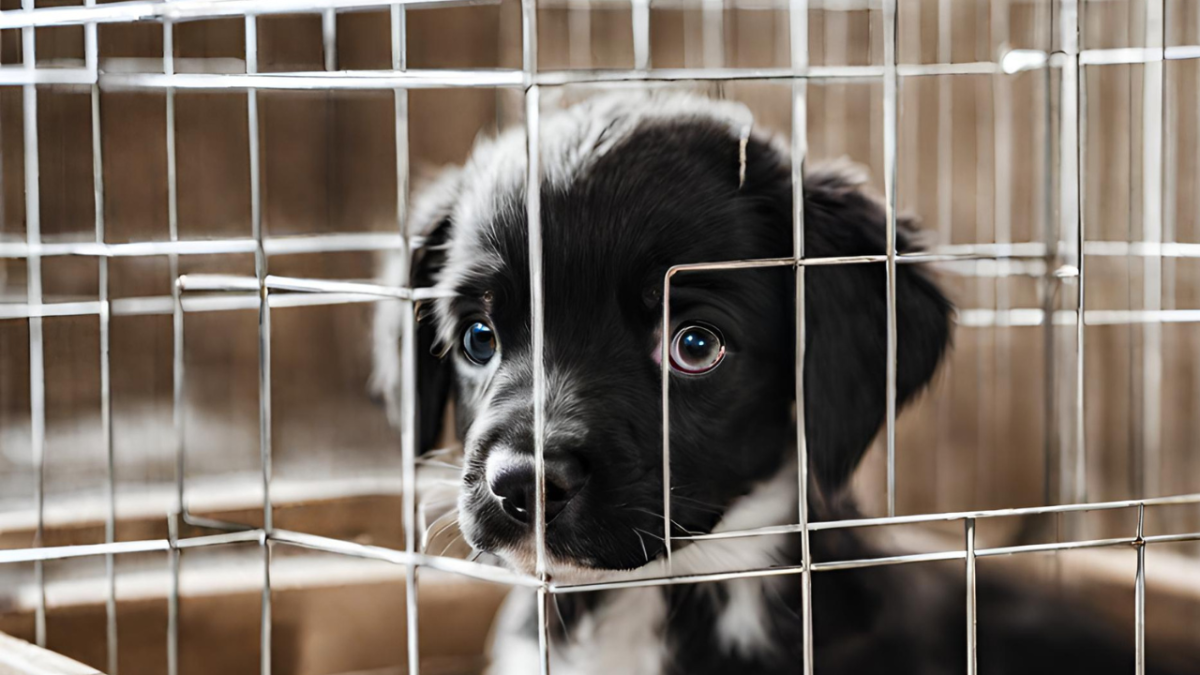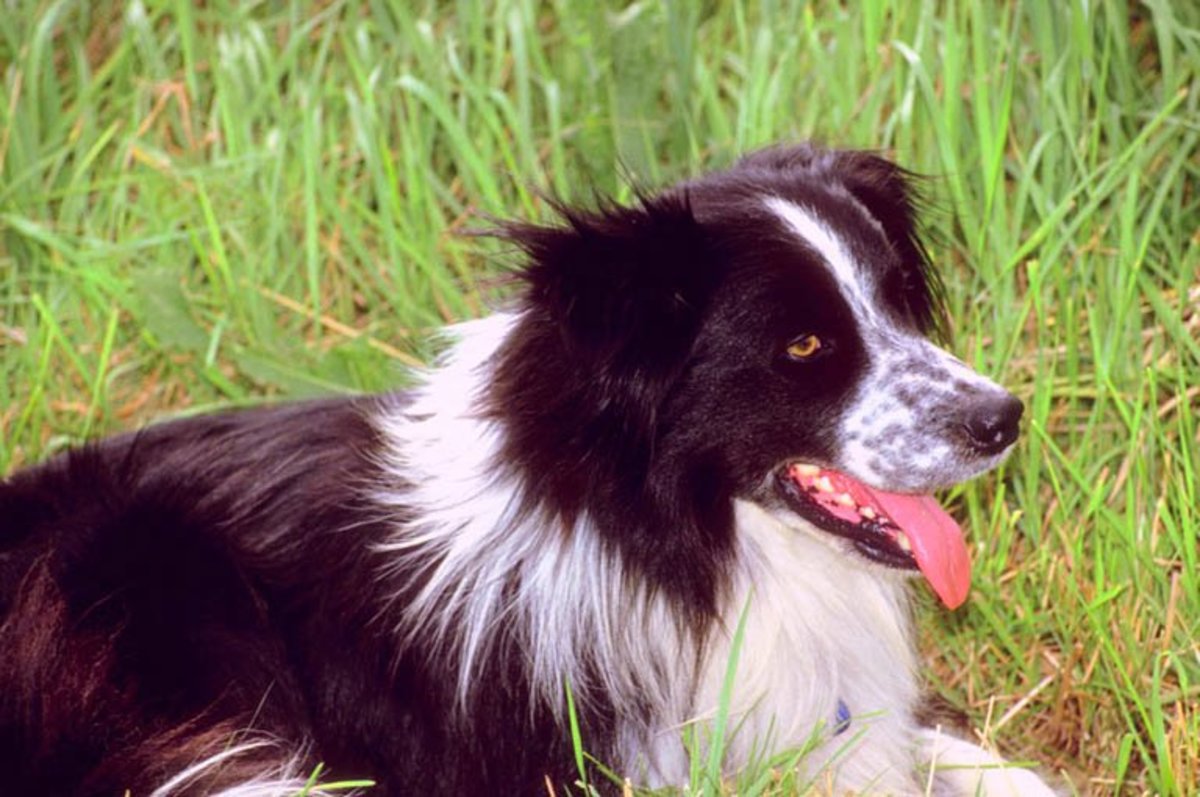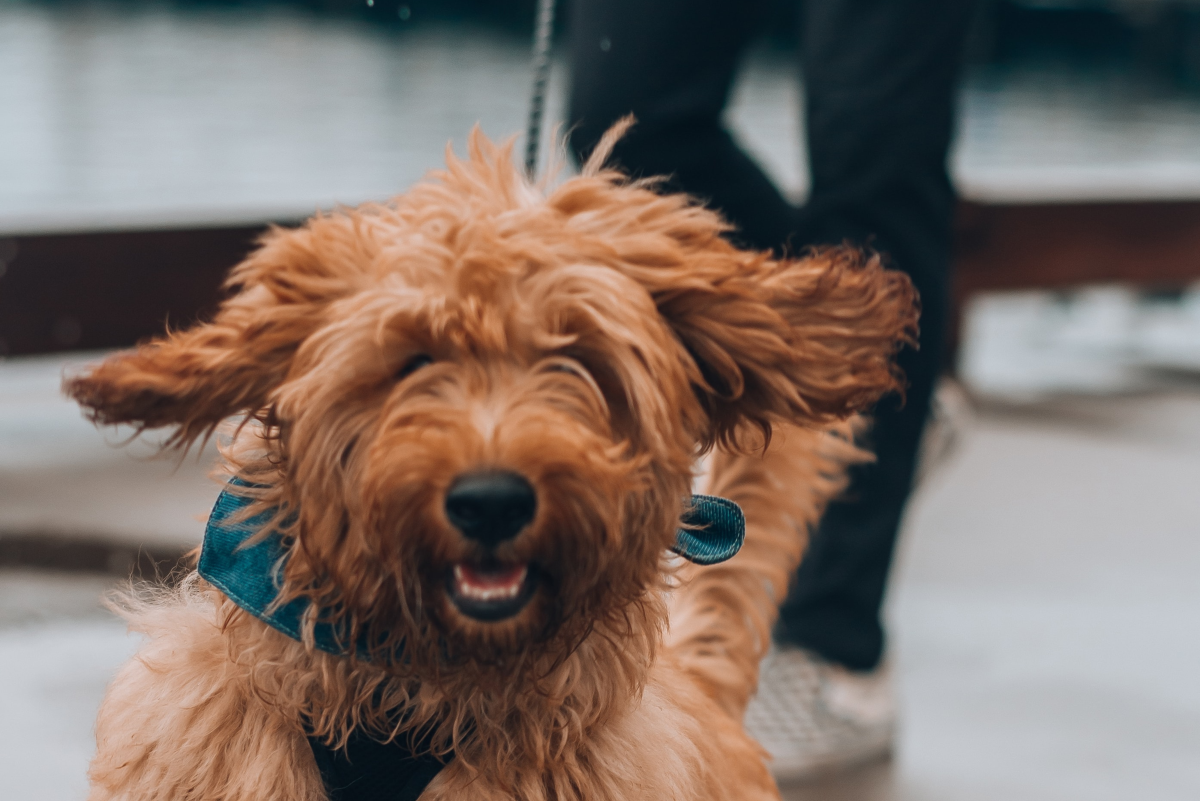- HubPages»
- Pets and Animals»
- Dogs & Dog Breeds»
- Dog Training
Beginner Tips for Clicker Training Your Dog
Clicker Training Basics
During World War 2, punishment was thought to be the best and most effective way to train animals; after the war, this technique was practiced on civilian life. One problem that with punishment technique, was that it could not be used to train dolphins and other marine life because a trainer could not punish the animal swimming in the tank nor could he reward the animal soon enough after the desired behavior was given. Trainers developed the concept of using whistles to mark the behavior. The early trainers used the whistles to teach the animals complex behaviors that would not have been taught otherwise. Later, Keller Brelan, Marian Breland Bailey, and Bob Bailey shaped the idea of ‘clicker training.' Learning became fun and a win-win exercise. In the 1960s, B.F Skinner was the first to suggest using clickers and the clicker training method with dogs, but the idea didn't become popular until the early 1990s when trainers began to see the benefits of this type of training. Punishment as a training technique became a thing of the past, and many trainers are now buying the small plastic clickers to train animals of any and almost all species- horses, pigs, dogs, cats, chickens, llamas.
Clicker training is nothing but operant conditioning. When you train with a clicker, or any secondary reinforcer, the animal tends to recognize that certain behavior are rewarded with a positive consequence where others have a negative consequence. The subject will naturally repeat the behavior resulting in the positive consequence versus the behavior with the negative one. This form of training is the most natural, so it is easier for animals to pick up.
Accelerates Learning
Many traditional trainers have "crossed over" to clicker training. They have agreed that where it would have taken them weeks or months to teach a behavior to their subject, with clicker training it only takes minutes or hours. Many experienced trainers can teach a complicated behavior in just days, where in traditional training; it would take months to years for the same subject to have the behavior just as perfect.
Clicker Training Books
Clicker Training Techniques
Capturing
When capturing a behavior, you must wait for the animal to do something that he wishes to train. When the behavior is given, he must click and treat. Every time the animal does the behavior, the trainer must click and treat (timing with this concept is very important). A command or cue shouldn't be given to the behavior at this stage because animals tend to learn through association, and the cue shouldn't be added until the animal knows the behavior completely and can perform it without errors.
Luring
To lure an animal into a specific behavior, hold a treat in front of the animal's nose using it as a sort of magnet. Guide the subject into the desired position you want the animal to learn. For example, to lure a "sit," slowly move the treat from the nose backwards towards the top of the head keeping the treat low. As soon as the subject is in the position, click and treat. The downfall with using lures, is that if they are not faded quickly, the animal becomes dependent upon them in order to perform the behavior, and you will have a dog that does not perform behaviors on cue but follows food, instead. As a general rule, only use the lure five or six times in a row; then do the same motions but without a treat in your hand. If the dog performs the behavior, click and treat, otherwise try again, luring him with the treat.
Shaping
Shaping is the advanced form of capturing a behavior. You start by clicking and treating at the slightest hint of the behavior that he wants, concentrating on the small steps towards his goal of the desired behavior. If you wanted to train a chicken to dance, he could begin by watching the animal move around and reinforce the chicken every time it moved to the right. Soon the chicken would be moving right more often, and then the trainer could reinforce only the stronger movements until the chicken reached quarter circles, half circles, and then full circles. You would have shaped the chicken into making full turns at high speed.
Clicker Training: Not Just For Dogs
The Clicker
In order to practice proper clicker training, your dog must know what the clicker is, meaning you must introduce him to it. So, the first step in clicker training is to initiate the clicker as a secondary reinforcer. Because the subject has never seen, or heard, a clicker, it will not know how it works.
To introduce the clicker, you must click once and give the animal a treat. When choosing a treat, make it something that the animal really likes. Repeat the click and treat behavior until the animal reacts to the clicker. Remember to keep the timing of the click random. Eventually, the dog will learn that the clicker means something good- he gets a treat.
10 Laws of Clicker Training
- Raise criteria in increments small enough there is always a chance for reinforcement
- Train one aspect at a time
- Current level of response put at variable schedule before raising criteria
- When introducing a new criteria, ease the use of the old ones
- Stay ahead of the subject and plan the shaping program
- Don't change trainers
- If one procedure isn't eliciting progress, find another
- Don't interrupt a training session gratuitously
- If behavior deteriorates, back up the program a little
- End each session on a high note, but quite while you're ahead
Fading the Clicker
The clicker, itself, is not necessary to maintain a behavior, and once the subject learns the desired behavior, you can put the clicker away. The clicker can be brought out again to "explain" something new. For example, James, a Percheron gelding, was clicker trained starting at a very early age. He was taught to perform many different behaviors- pulling wagons and sleighs- and eventually he had learned the cues and signals well enough that he no longer needed the clicker. One day, James' owner was trying to soak an abscess on his foot in warm water, but he didn't want to keep his foot in the bucket. James' owner left and brought back a clicker from James's previous training. She clicked the clicker every time she put the horse's foot in the bucket. James realized when she wanted and kept his foot in the bucket until she told him otherwise. The horse just needed that one piece of information to explain to him what he was supposed to do, and the clicker did just that.
Side Effects of The Clicker
Clicker training has a few long-term side effects associated with it. When teaching with clicker training, the subject tends to become playful and interested with the trainer. When Karen Pryor trained her Oscar, a relatively tame and intelligent fish species, she used a light as a marker. She trained the fish to jump through a hoop in the water. After the fish's training was completed, and he received his food free, he tried to get attention by any means. The fish splashed in the water, banged on the tank's lid, and touched his nose to the glass. The Oscar also threatened dogs by spreading its gills and fins, making the ferocious attempt to scare them. Another side effect is that once a behavior is learned, it is not forgotten. A cat was taught how to play the piano in one, ten-minute session. After that session, no one told the cat to perform the behavior, and he didn't offer it on its own, until two years later when he awoke the entire house during the night.
Clicker Training Help
- Clicker Training: Karon Pryor
Karen Pryor has tons of information, products, videos, and skill builders, all related to clicker training. - What is Clicker Training?
Learn about clicker training, operant conditioning, and techniques toward training using a clicker. - Clicker Training Solutions
Find various articles related to clicker training, clicker techniques, and dog training conerns you may be having. - Clicker Training Lessons
Learn about the clicker, how to use it, and troubleshooting techniques related to clicker training.






